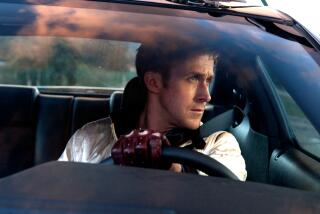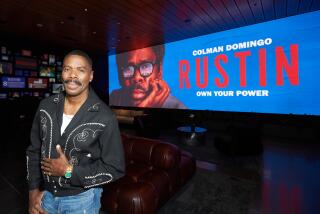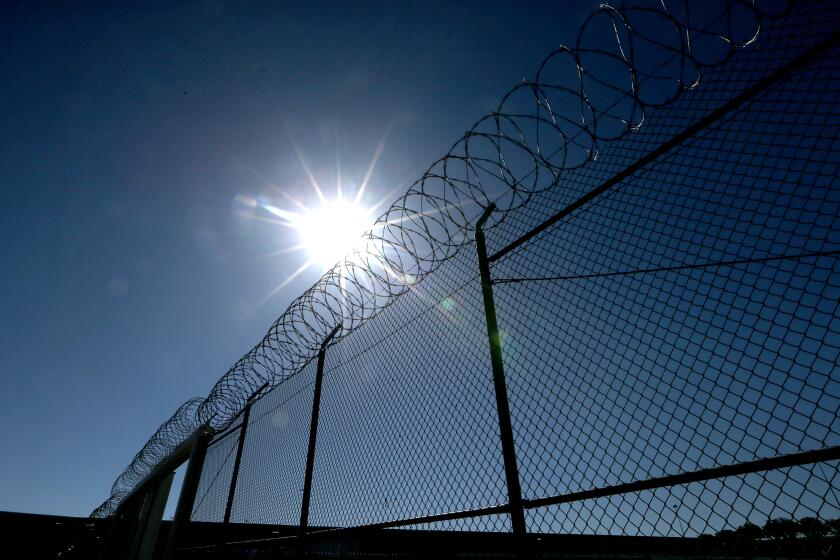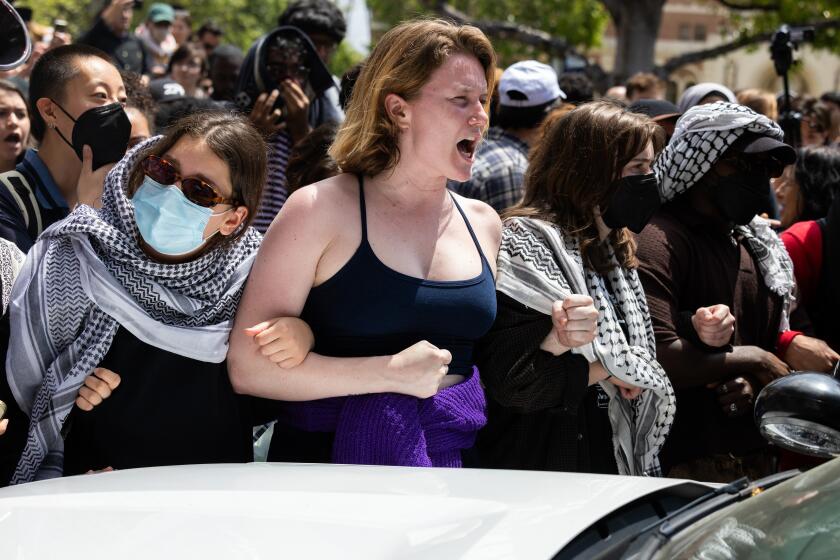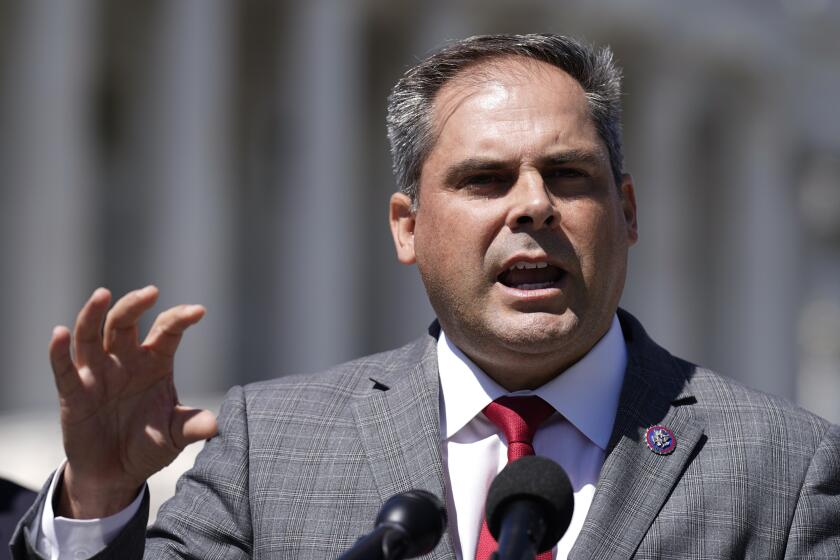Op-Ed: How John Singleton redefined South Central L.A.

The late John Singleton’s debut movie “Boyz n the Hood” set a template for many of the black films that followed its 1991 release, establishing a creed among inner city moviemakers of unapologetic rawness and realism.
But Singleton’s real breakthrough was setting out his personal vision of a specific neighborhood in L.A., one with its own dynamics and mores. And in rendering South-Central, Singleton did something else important — he showed Los Angeles to itself, forcing all of us living north of the 10 or west of the 405 to examine a place and a people we routinely drove past or failed to think about much at all.
That template, important as it was, was also a bane. As quickly as “Boyz” became an icon for black filmmakers and for Hollywood literati — it earned Singleton a couple of Oscar nominations — it became a major touchstone of all things “urban,” that reductive, catch-all marketing term for black culture and style that was becoming institutionalized in the early ’90s.
In rendering South-Central, Singleton did something else important — he showed Los Angeles to itself.
“Urban,” essentially a euphemism for “ghetto,” described movies, music, even fashion. It painted blackness with broad strokes, by design eschewing personal vision, higher aesthetics and narrative subtleties.
It didn’t help that in the early ’90s South-Central was struggling mightily: It was at the apex of a crack epidemic that decimated family ties and whole communities; it was the site of the Latasha Harlins shooting that stoked black-Korean animus citywide; it was the center of the brewing unrest following the videotaped beating of Rodney King. Frustration with the pace of progress and a deep-seated cynicism among black people was setting in, and it was finding voice in a new musical form, gangsta rap. Gangsta rap avatars N.W.A (straight out of Compton, not South-Central, but there was certainly overlap) were hailed as West Coast truth-tellers, and their beat-heavy rhymes delivered news from the hood that CNN and other mainstream media outfits ignored.
It was the trappings of gangsta rap, however, not the initial narrative of protest, that caught the public’s imagination — the swagger, the violence, the outlaw cool that could only be described as Hollywood. South-Central, aided by the wild success of “Boyz n the Hood,” got officially urbanized. It got redefined as a new ground zero of American ghetto, a place that was threatening, yes, but also titillating in the way that black neighborhoods are always titillating to white outsiders, and this place, framed as it was by sunshine, palm trees and easy money, was especially so. It gave new meaning to the term L.A. noir.
Enter the Fray: First takes on the news of the minute »
None of this redefinition was Singleton’s doing alone, but it wouldn’t have been so effective without him. One aspect of “Boyz” that made it memorable as a film was its portrayal of South-Central as a place that ultimately must be escaped. It is home to Tre, to his parents and friends. It is a community. But it’s also a trap, a sinkhole for the legitimate dreams and ambitions of its residents, especially its young black men.
The epically tragic ending (spoiler alert) in which Tre’s friend Ricky is fatally shot makes that point, to say the least. It was devastating. There is of course that duality in South-Central and black neighborhoods everywhere, the tension between the real value of community and the real obstacles of crime and other evidence that the community has not fully realized its potential, despite its striving. It’s safe to say, however, that media consumers have not spent much time thinking about this tension, preferring instead to admire — and even fetishize — the look and the sound of what urban marketers have deemed authentically black.
Blackness is not a monolith, of course, to say nothing of authenticity. Singleton knew that. He also knew that to make any movie representing black life was to risk a kind of misunderstanding and racial distortion, with theater-goers assuming that what they saw on screen — especially the rougher elements — was a true representation of all black life in Los Angeles rather than a story about individuals trying to find their place in society at large. “Boyz n the Hood” was no exception to this pattern, but that doesn’t change the fact that for many people, including many of us in South-Central, it remains an exceptional movie.
Erin Aubry Kaplan is a contributing writer to Opinion.
More to Read
A cure for the common opinion
Get thought-provoking perspectives with our weekly newsletter.
You may occasionally receive promotional content from the Los Angeles Times.

